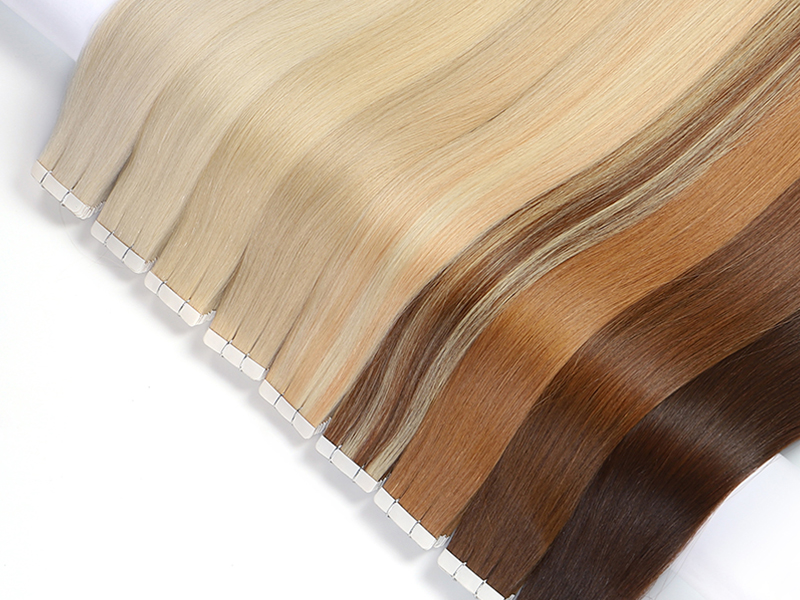Understanding the target market for beauty products is crucial for businesses aiming to thrive in the ever-evolving cosmetics industry. While traditionally focused on women, the market is now expanding to include a more diverse and gender-neutral audience, driven by factors such as changing societal norms and the rise of men's grooming products.
Demographic Shifts and Gender Neutrality:
The global cosmetics industry is experiencing a significant shift in its target demographic, with a growing emphasis on gender-neutral marketing strategies. Brands are increasingly targeting a broader audience encompassing men, women, and non-binary individuals. This inclusivity reflects changing attitudes towards beauty and highlights the need for brands to adapt their marketing approaches accordingly.
Emerging Trends in Beauty:
One notable trend shaping the target market for beauty products is the growing demand for organic and sustainable options. Consumers are becoming more conscious of the ingredients in their skincare and makeup products, driving the popularity of clean beauty brands and environmentally-friendly formulations. This trend aligns with broader movements towards eco-conscious consumerism and presents opportunities for brands to capitalize on the demand for ethically sourced and cruelty-free products.
Influencer Marketing and Social Media:
Influencer marketing has emerged as a powerful tool for reaching and engaging with target audiences in the beauty industry. Social media platforms such as Instagram and YouTube play a central role in shaping consumer preferences and driving purchasing decisions. Brands collaborate with influencers to promote their products and leverage their reach to connect with niche audiences. This strategy allows brands to tap into the authenticity and credibility of influencers to enhance brand awareness and drive sales.
Niche Beauty Categories:
The beauty market is witnessing the rise of niche categories catering to specific consumer needs and preferences. Clean beauty, which emphasizes natural and non-toxic ingredients, has gained traction among health-conscious consumers seeking transparency and authenticity in their skincare routines. Similarly, wellness-focused beauty products, such as CBD-infused skincare and aromatherapy-inspired cosmetics, appeal to consumers looking for holistic solutions to their beauty and wellness needs.
Technology and Personalization:
Advancements in technology are reshaping the beauty industry, offering innovative solutions for personalized skincare and makeup experiences. Augmented reality (AR) beauty tools allow consumers to virtually try on different products and experiment with new looks before making a purchase. Similarly, personalized skincare solutions, such as custom-formulated serums based on individual skin concerns, cater to the growing demand for tailored beauty solutions. By leveraging technology, brands can enhance the customer experience and build stronger connections with their target market.

Conclusion:
Navigating the complexities of the target market for beauty products requires a deep understanding of consumer preferences, emerging trends, and industry dynamics. Brands that partner with Beauty Sourcing gain access to a wealth of resources and insights to stay ahead of the curve in this competitive landscape. By recognizing the importance of sustainability, influencer marketing, niche categories, and technology-driven personalization, brands can effectively engage with their target market and drive growth in the dynamic beauty industry. With BeautySourcing as their trusted sourcing partner, brands can access a diverse range of high-quality beauty products and stay informed about the latest market trends, ensuring they remain competitive and innovative in meeting the evolving needs of consumers.









